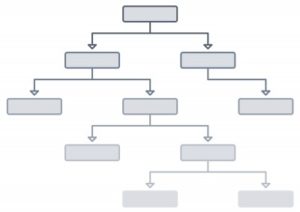Cultivating the Courage to Ask for Business – Part 1
 This is Part 1 of a 3 part series in which Debra L. Bruce talks to attorneys about less painful and more effective ways to ask for business from potential clients.
This is Part 1 of a 3 part series in which Debra L. Bruce talks to attorneys about less painful and more effective ways to ask for business from potential clients.
Many lawyers, both men and women, blanch at the thought of having to ask for business, and I don’t blame them. In my opinion, it’s often a mistake, and it should be scary to do something clumsy or annoying. Common advice about “asking for the business” may drive sales in low risk transactions, but drive away potential clients with complex and risky issues.
Nevertheless, lawyers do need to develop business, and expressing your interest in working with someone can make a difference. How do you drum up the courage to do that? In short, it’s a lot less scary if you have laid the right groundwork beforehand. To help illustrate what potential clients want to hear from lawyers, I did an informal survey of a number of in-house counsel about how they like to be approached for business. My thoughts and their responses are intermingled in this article. […]

 Jeramie Fortenberry is the founder of
Jeramie Fortenberry is the founder of 






